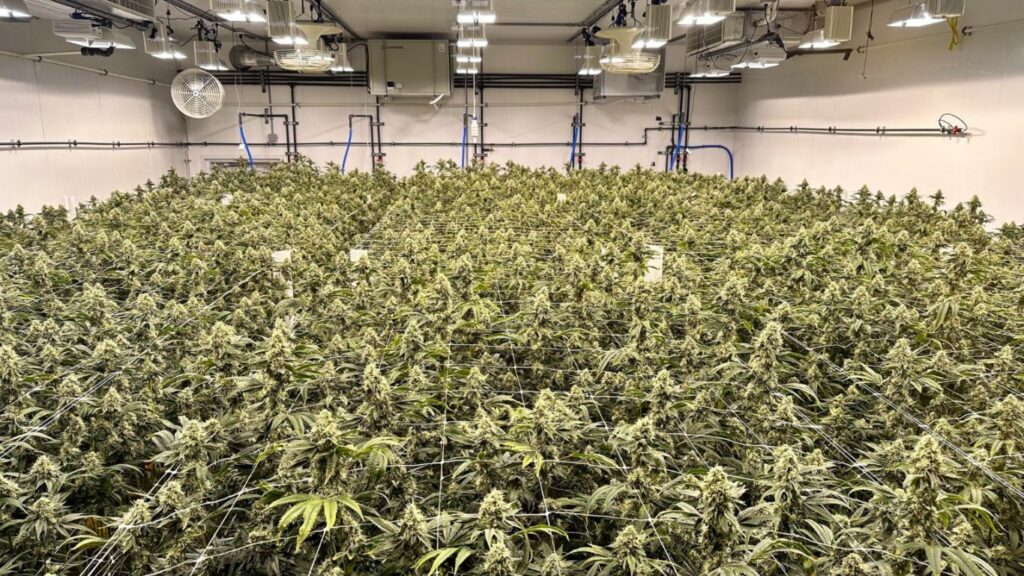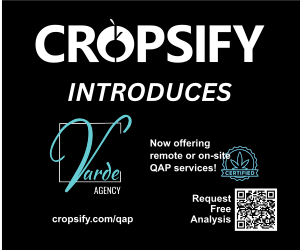
Kootenay Cultivar is nestled in eastern BC, about 45 minutes south of Nelson, in the heart of BC’s Kootenay region.
The Kootenays have long been known as a hotbed of BC cannabis culture. Kootenay Cultivar aims to leverage its decades of cannabis experience into long-term success as the industry continues to evolve.
Licensed in 2022, the micro cultivator and processor has been making a name for itself through hard work, attention to detail, and a unique array of cultivars. A focus on keeping things at a small, manageable, craft scale has also been key, particularly as a self-funded small business, says Travis Heppner, the company’s CEO.
While some advisors in the early days were encouraging companies to scale up and vertically integrate, he says that direction is often not sustainable.
If (provinces) sped up payment terms, it’s going to trickle down whether you’re selling to another processor or doing it yourself; having that cash flow available is key to survival.
Tyeson Carmody, Kootenay Cultivar
“It’s like any other business you’re going to build,” says Heppner. “Start small and scale up. I think the biggest misstep of the cannabis industry was everyone was told to go huge, and in reality growing small is the way to go. It’s more manageable financially. You have easier sell-through as a small company and if you want to stay private, you won’t have the funds behind you to pay for huge teams that are needed to get your products to market.”
The limited allowable growing area under a micro does have its challenges, notes Tyeson Carmody, Kootenay Cultivar’s head grower, although it’s helped them keep costs down.
“I think the micro model is a great model,” says Carmody, who brings almost three decades of experience growing cannabis to the team. “I think that, to us, it’s the best one out there financially. But it would be nice to have a bit more leniency on canopy space so we can pheno-hunt more and play with genetics. That keeps us from doing much of the R&D we want.”
He adds that another benefit of their small growing space is that it’s easier to manage and ensures they aren’t building up too much product.

Rather than scaling up large rooms, he says Kootenay Cultivar focuses on running small batches through their three grow rooms, focusing on new, unique genetics not found in the market.
“More variety, especially for the domestic market, is important. If you’re producing 50 kgs a month, it’s going to be pretty hard to move that. The quickest way to go broke in this industry is to grow a lot of weed you can’t sell.
“Every gram comes with a price tag that the farmer pays up front and you have to float that until you are able to sell it through. That’s a lesson that we learned. To make sure we diversify where our revenue is coming from.”
It’s these kinds of hard lessons that Heppner and Carmody say have forced them to refine their approach while still keeping the lights on.
“We’re forever pivoting left and right to find the right move,” says Heppner. “All in all, once you figure out sell-through and diversify your genetics and a good rotation, even with the high taxation you’re going to make a healthy living doing this. But it’s not an easy task to figure out all those aspects.”
Currently, Kootenay Cultivar sells its cannabis into the BC and Ontario markets through a few partner processors. He explains that another challenge for small growers and producers is how long it can take for provincial boards to offer payment. While large companies can better manage these issues, that payment can be necessary for small growers to keep moving forward.
“I think the biggest issue micros are facing is cash flow,” explains Carmody. “If (provinces) sped up payment terms, it’s going to trickle down whether you’re selling to another processor or doing it yourself; having that cash flow available is key to survival.”
Despite these challenges, Carmody says he’s very excited by the direction the industry is going, especially with so many unique micro growers who have transitioned from the legacy space.
“It can be frustrating at times to see where it could be improved and see it not being improved. But the government moves slowly, that’s the reality of it. I’m still proud to be a part of this. I’m not going anywhere. I’m looking at this for the next 10 or 20 years of my life, and I’m excited to see what it looks like ten years from now. We’re planning on being there in ten years and finding a way to provide value for the consumer, because ultimately that’s what we’re trying to do. Sell a great experience to people.”












